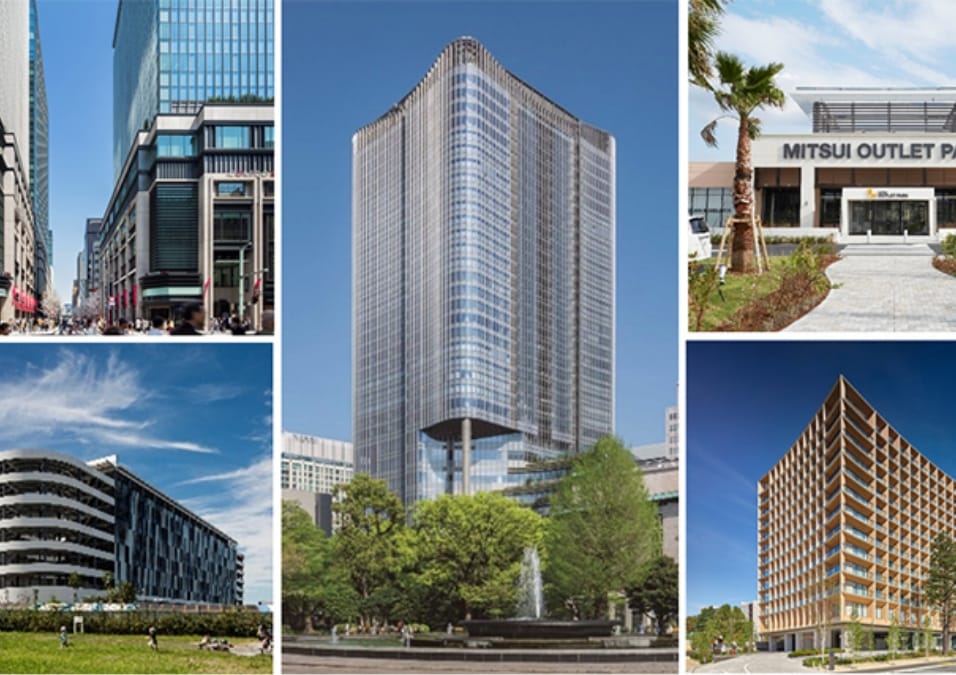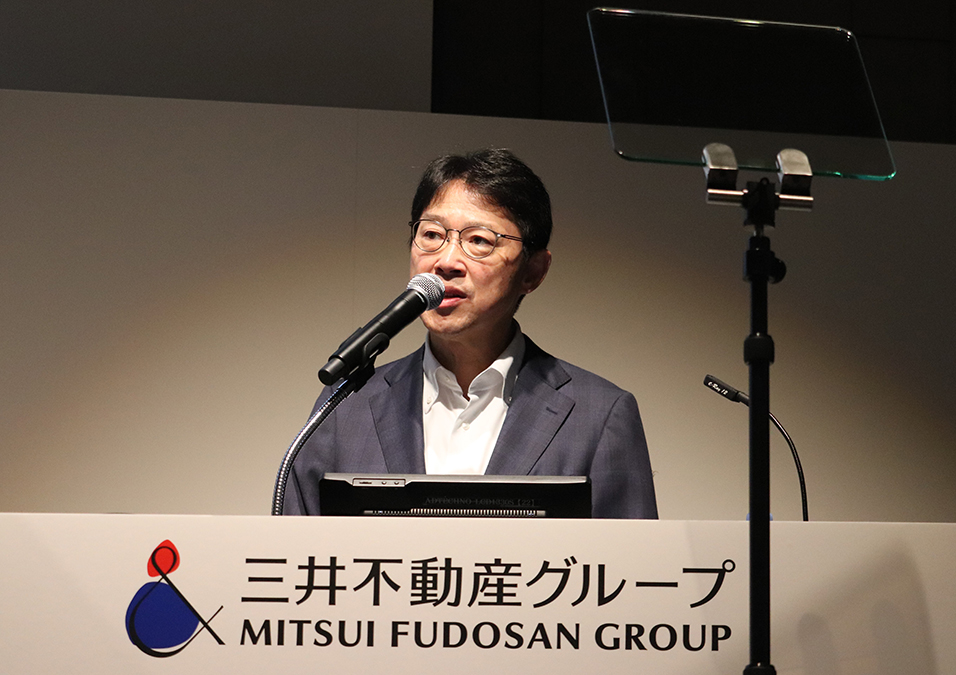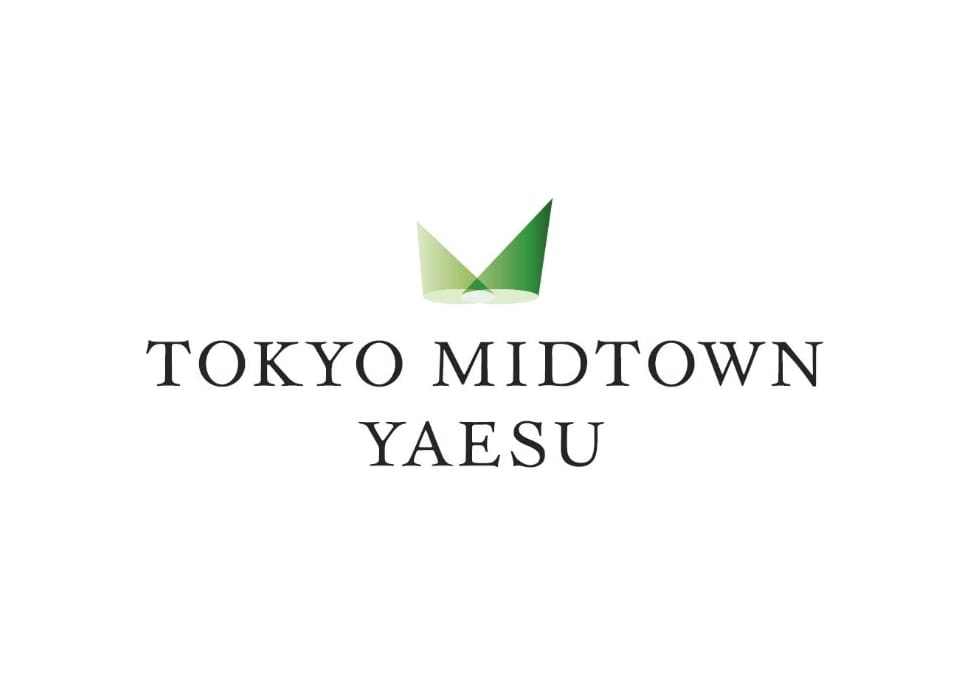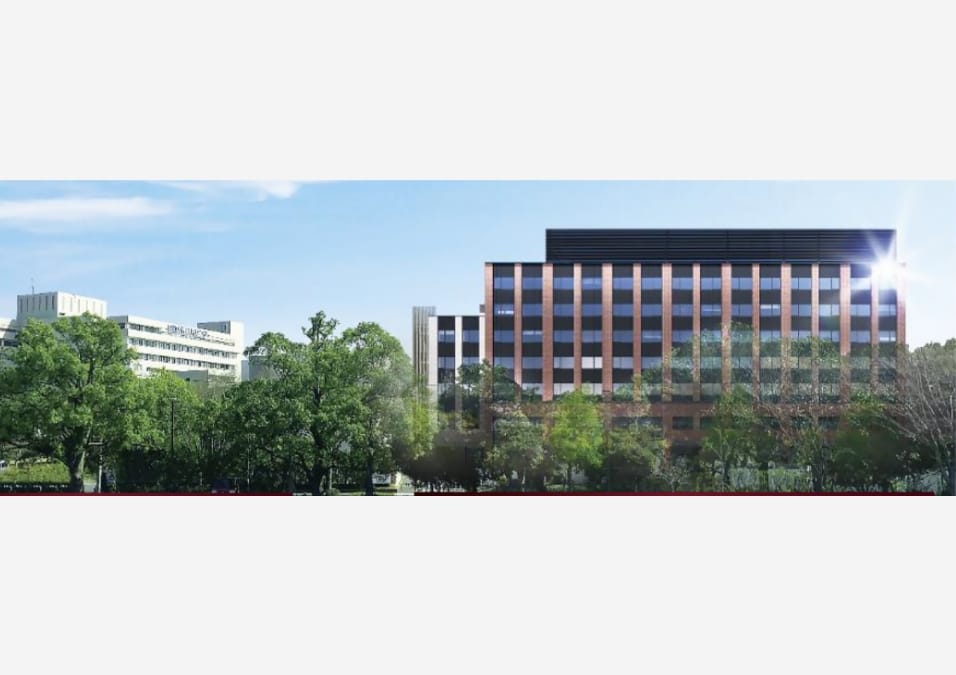Positive impact finance is a type of funding that aims to continuously support corporate activities that have an impact (positive or negative) on the environment, society, or the economy, as comprehensively analyzed and evaluated by the providing financial institution, in line with the Principles for Positive Impact Finance*1 published by the UN Environment Programme Finance Initiative (UNEP FI).*2 The biggest characteristics of this sort of finance is that the evaluation criterion that financial institutions use is the level of contribution that a company makes to the achievement of the UN's Sustainable Development Goals (SDGs) through its corporate activities and products or services, and that the financial institution monitors these based on disclosed information, and engages with the company to support its activities.
This evaluation receives third-party feedback from the Japan Credit Rating Agency, Ltd. on the conformance of evaluation procedures with the Principles for Positive Impact Finance and the conformance of evaluation indicators that are applied.
*1 Principles for Positive Impact Finance:
These principles were established by UNEP FI in January 2017 as a finance framework to help achieve the SDGs. Participating banks evaluate the positive impact that a company makes toward the achievement of the SDGs-as disclosed via KPIs-and provide them with funding. In this way, the framework encourages recipient companies to maximize their positive impact and minimize their negative.
The banks that carry out this funding, as responsible financial institutions, monitor indicators to verify that the recipients are continuing to make a positive impact.
*2 United Nations Environment Programme Finance Initiative:
The United Nations Environment Programme (UNEP) is a supplementary body to the UN, and was established in 1972 to implement the Declaration of the United Nations Conference on the Human Environment and the Action Plan for the Human Environment. UNEP FI is a broad, close-knit partnership between UNEP and more than 200 financial institutions from around the world that was set up in 1992. Since that time, UNEP FI has worked with financial institutions and policy and regulatory bodies, to promote a shift to a coordinated financial system that considers economic development and ESG (environmental, social, and corporate governance) themes.
Third-party conformance evaluations, etc.
Third-party feedback from Japan Credit Rating Agency, Ltd.
Note: https://www.jcr.co.jp/download/7dab648a6f7fdccc23eb667666313cd961ec616dc6c3179b9d/22d1153.pdf
































